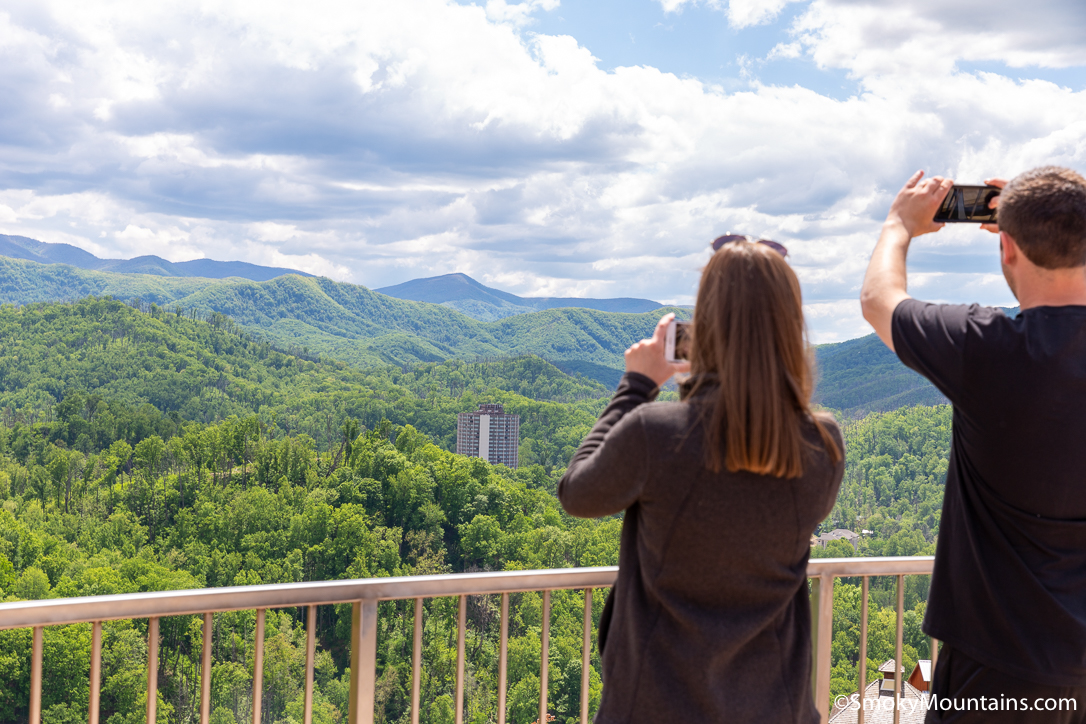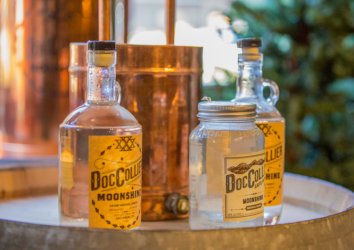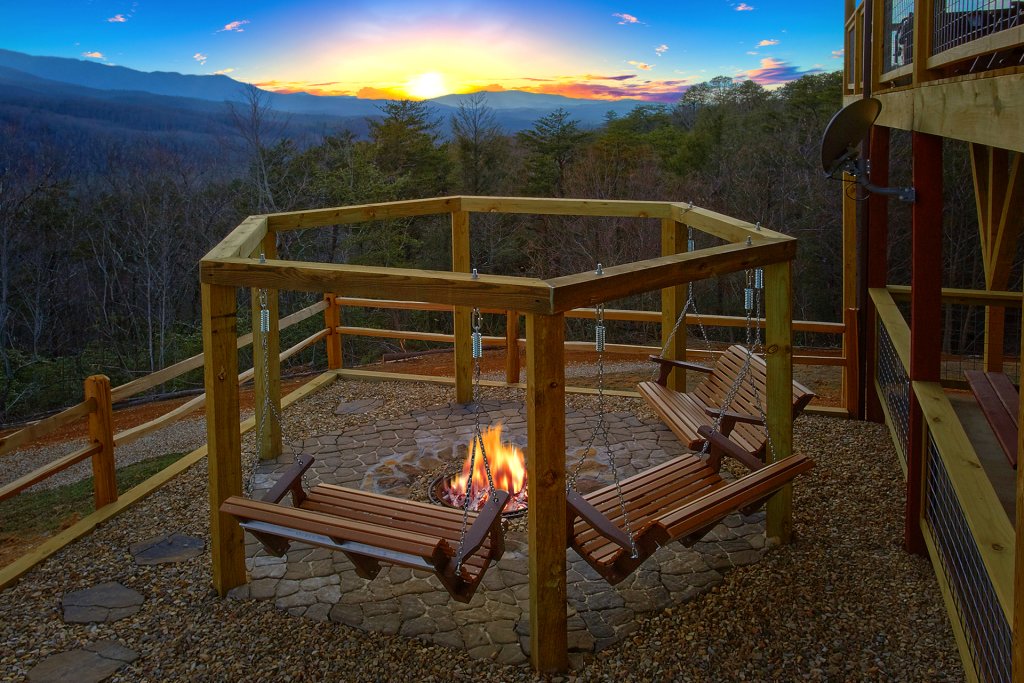The very short answer to the question of is Gatlinburg a tourist trap is yes; if any tourist destination, is a “trap” then this is too, we suppose. But two things before you bounce away:
- Gatlinburg being a “tourist trap” is not a bad thing.
- There are plenty of things to do, see, and otherwise experience in Gatlinburg that won’t make you a so-called tourist trap victim.
So, with those two things in mind, let’s get to the longer answer of what parts of Gatlinburg make it a tourist trap, why you should go anyway, and what Gatlinburg offers outside of those more tourist trap-minded things:
Is Gatlinburg a Tourist Trap? The Definitive Guide

Parsing What Makes a Tourist Trap a Tourist Trap
A tourist trap is defined as an establishment or grouping of establishments that have either been created with the primary purpose of attracting tourists and their money or have been re-purposed from what it was originally for the purpose of attracting tourists and their money. Tourist traps focus on providing entertainment, services, food, souvenirs, and similar products specifically for tourists to purchase.
Reflecting upon this definition, it’s easy to see why so many people sneer at the term tourist trap as it evokes this image of a sinister enterprise trying to steal your money and offer something in return. But isn’t that the nature of all businesses? The flip side of this coin is that in order to become a tourist trap, places must first have had something special, something worthwhile to draw tourists in. In visiting places far and wide, this writer has seen all sorts of amazing and wonderful places called tourist traps for simply having the gall to offer something unique and special — including the Grand Canyon, Palace of Versailles, and New Orleans’s dynamic Bourbon Street.
Why Some Call Gatlinburg a Tourist Trap

Similar to communities around the Grand Canyon, Gatlinburg’s designation as a so-called “tourist trap” began with its national park opening. In 1934, the Great Smoky National Park first opened, and an incredible 40,000 people came through Gatlinburg to experience the beauty of that national park. In the decade that followed, the price of land in Gatlinburg jumped from $50 to $8,000 per acre as more establishments popped up to meet the needs of the growing crowds of tourists.
In Defense of Gatlinburg as a Tourist Destination

Yes, needs. In 2021, the Great Smoky Mountains National Park became the most visited national park in the country, with an unprecedented 14.1 million visitors. 14.1 million visitors came to appreciate this area’s incredible beauty, each one helping to invest in better stewardship and conservation. However, imagine if those 14.1 million people didn’t have lodging except for those campsites offered by the park or have alternative things to do and see except to crowd each other on park trails? The many Pigeon Forge and Gatlinburg restaurants, accommodations, and entertainment venues, which are by definition tourist trap establishments, have all helped to attract people to this unique part of the country and meet their needs while they are here.
In addition to helping meet the housing, dining, and entertainment needs of incoming travelers, these establishments:
Boost the local economy
Tourism is an incredible source of economic growth, especially in otherwise poorer states.
Encourage safer environments
For any place to attract tourists, it must first show itself as a safe environment. No one will keep promoting a travel destination for families with high risks of crime or injury by other means.
Safeguard local traditions and environments
Remember, tourist traps are created because of something special or unique about a place. They won’t stay at a tourist destination if that special thing, attitude, or culture is destroyed. A fantastic example of this is the Hawaiian luau — a traditional Hawaiian feast that is by definition a “tourist trap”, but by making luaus so popular and such a part of a general Hawaiian trip, we remember Hawaiian and Polynesian culture and keep those traditions going.
Still Don’t Want to Be Too Touristy? Off-the-Beaten-Path Ideas for Your Trip to Gatlinburg

Now, while we can love and appreciate Gatlinburg as a tourist destination, we can also say that you don’t have to just go to more touristy or expensive locations when visiting this area. There is plenty to see and do in Gatlinburg that won’t leave your wallet lighter.
You might…
Make the most out of your private cabin
Private cabins complete with private hot tubs are one of the most popular types of vacation lodging in East Tennessee. You can escape all the bustle of Gatlinburg by simply making the most of what you already have by spending the evening enjoying a good soak beneath the stars.
Explore a hiking trail
Take a day or every day on your visit to Gatlinburg to go deep into the woods and appreciate what made this city what it is in the first place: The Great Smoky National Park. This federal park has just under 3,000 miles of trails and offers plenty of beautiful and secluded hiking experiences where you can truly escape into nature.
Go tubing during the summer
During the hot days of summer, consider cooling off with an afternoon floating down the Little Pigeon River. Tubing is a relaxing, family-friendly activity that is low-cost and tons of fun. It also offers a unique perspective of the area’s river valleys.
Watch the artisans at work
The Great Smoky Arts & Crafts Community, located in what’s called The Loop, is the largest independent organization of artisans in the country. Here, you can get away from the big businesses and enjoy watching true mountain arts and crafts getting made.
Learn More About All of Gatlinburg’s Attractions

We hope this article helped you to see another side of the word “tourist trap,” but if you still aren’t convinced that Gatlinburg has enough to offer, we have plenty more pages about this wonderful little mountain town. Continue reading to learn more about the town and the many businesses that now reside here.




